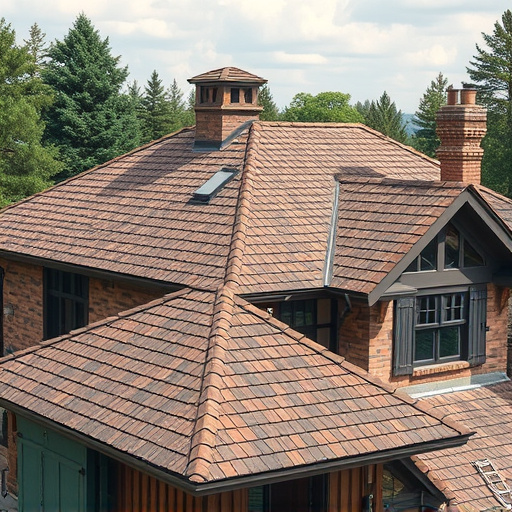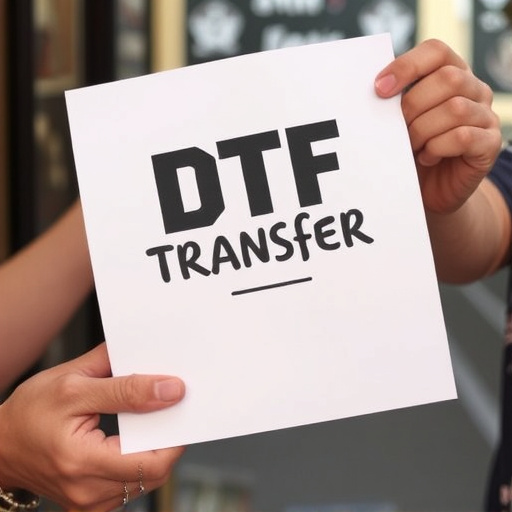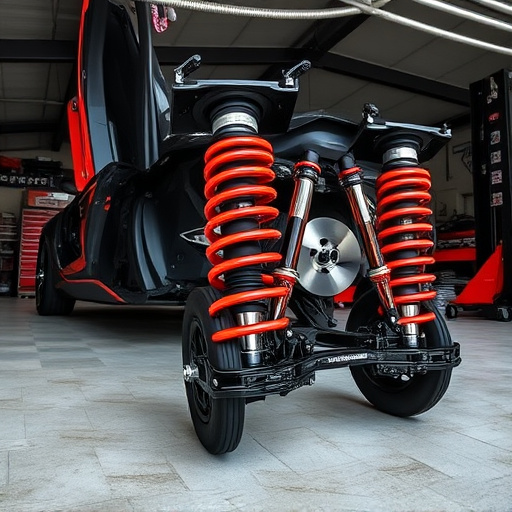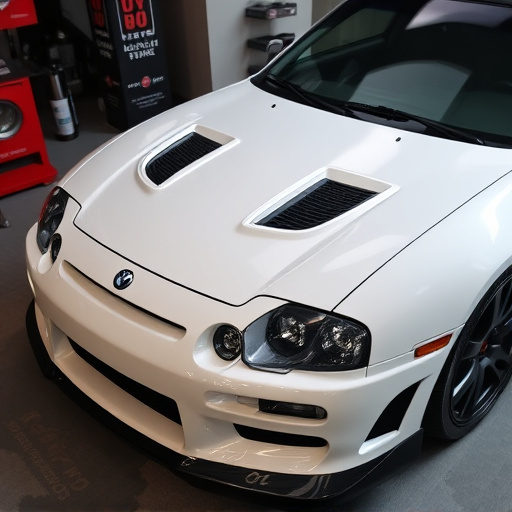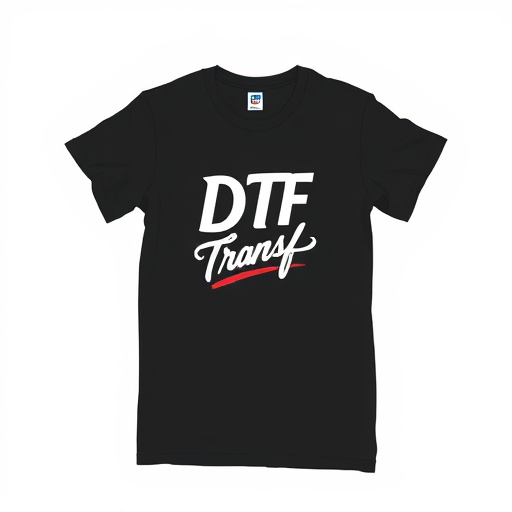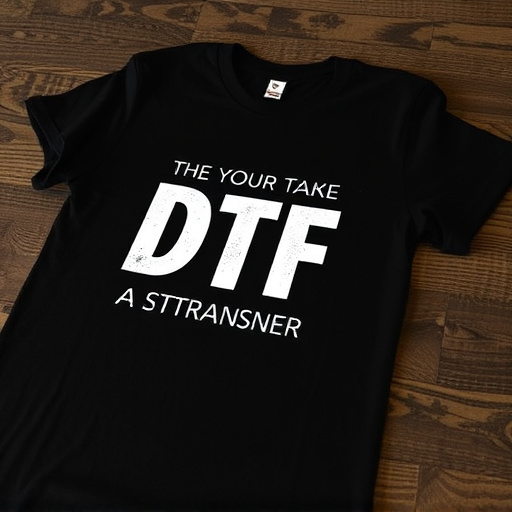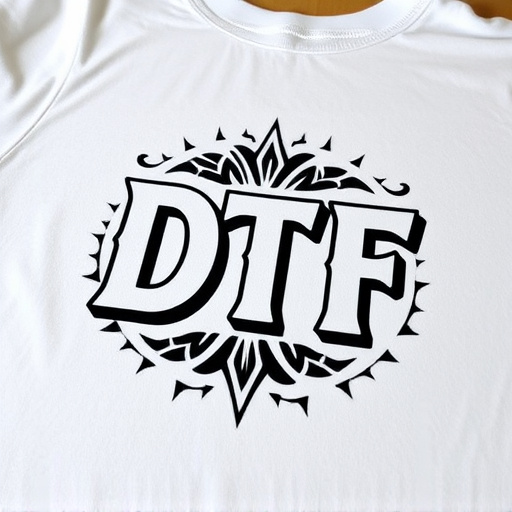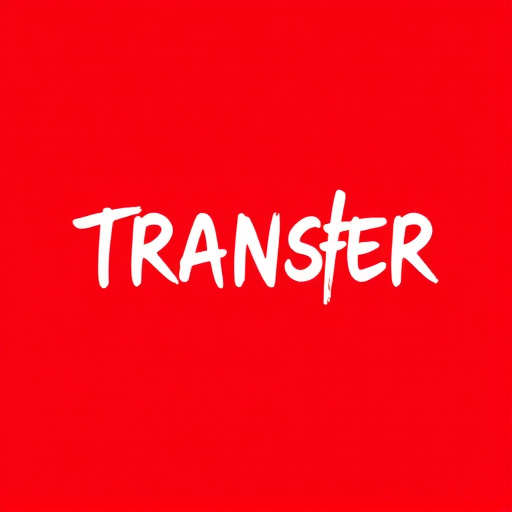Direct-to-film (DTF) printing and heat transfer vinyl (HTV) are innovative custom design methods. DTF directly applies heat-activatable inks for vibrant designs on textiles, plastics, and metals, with fast turnaround times. HTV transfers dye from a vinyl sheet for intricate details on t-shirts, hats, and mugs. DTF offers broader material compatibility, while HTV excels in rich colors and fine details. For small businesses, DTF is cost-effective; for mass production or detailed graphics, HTV is preferred. Both technologies enhance customization, catering to diverse applications and budgets.
In the realm of custom printing, Direct-to-Film (DTF) transfers and heat transfer vinyl offer distinct approaches. This article delves into the contrasting world of these two printing techniques, providing a comprehensive overview for informed decision-making. Understanding DTF’s direct application on film and its high-quality prints is essential, especially when compared to the indirect heat-transfer method using vinyl. We explore key differences, quality assessments, diverse applications, and financial considerations to help you navigate between DTF transfers and heat transfer vinyl options.
- Understanding Direct-to-Film (DTF) Transfers: A Comprehensive Overview
- Heat Transfer Vinyl: The Alternative Method and Its Benefits
- Key Differences Between DTF and Heat Transfer Vinyl Prints
- Quality Assessment: Comparing Visual and Tangible Outputs
- Applications and Use Cases for Each Printing Technique
- Cost Analysis: Unraveling the Financial Aspects of DTF vs Heat Transfer Vinyl
Understanding Direct-to-Film (DTF) Transfers: A Comprehensive Overview
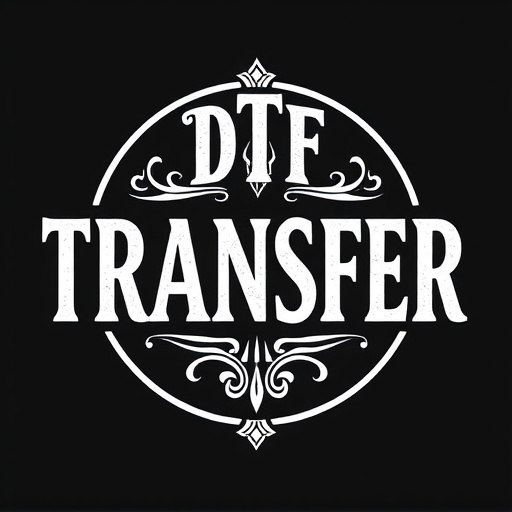
Direct-to-Film (DTF) transfers are a cutting-edge technology in the world of printing and customization. This innovative process allows for the application of designs directly onto various materials, such as textiles, plastics, and metals, without the need for intermediate layers or lamination. DTF involves using specialized printers that deposit a thin layer of heat-activatable ink onto the target surface, enabling permanent and vibrant prints. One of the key advantages of DTF is its ability to produce high-quality, detailed designs with exceptional color accuracy, making it a popular choice for creating custom garments, signage, and promotional products.
DTF Printing offers several benefits that set it apart from traditional printing methods. It provides a fast turnaround time, allowing businesses and designers to swiftly bring their creations to life. Additionally, DTF is versatile, accommodating various material types and print complexities. This technology ensures that the final product maintains a sleek, professional appearance, with inks seamlessly merged into the base material without visible lines or borders. As a result, DTF Transfers have gained significant traction in industries seeking efficient, top-quality printing solutions, including fashion, advertising, and product branding.
Heat Transfer Vinyl: The Alternative Method and Its Benefits
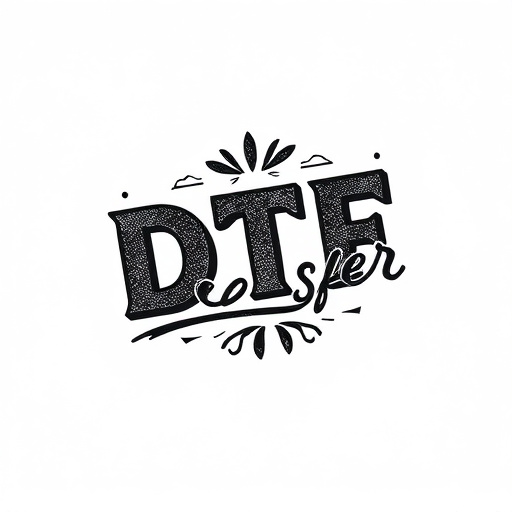
Heat Transfer Vinyl (HTV) offers an alternative method to direct-to-film (DTF) transfers for custom printing and design. Instead of applying ink directly to the substrate, this process involves transferring heat-activated dye from a vinyl sheet onto a variety of materials like t-shirts, hats, or mugs. The benefits of using HTV are numerous. It allows for intricate designs with fine details, ensuring crisp lines and vibrant colours. This method is also highly versatile; it can be used on both plain and textured surfaces, making it suitable for diverse applications.
Furthermore, heat transfer vinyl provides a cost-effective solution for bulk orders as the setup time is minimal compared to DTF printing. It’s an efficient process that doesn’t require specialized equipment or inky setups, making it accessible to businesses and individuals alike. This accessibility has contributed to its growing popularity, especially among those seeking versatile, high-quality printing options without the complexities of traditional methods.
Key Differences Between DTF and Heat Transfer Vinyl Prints
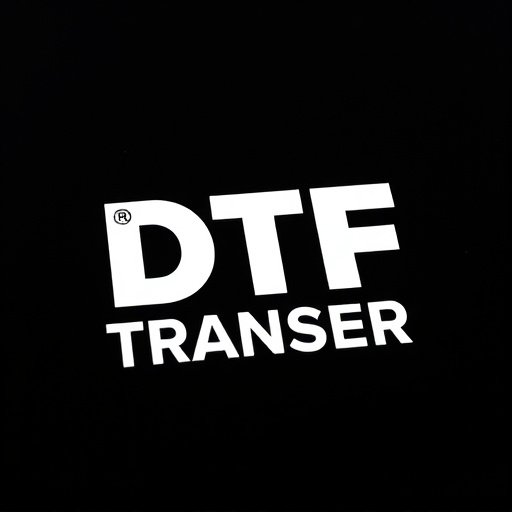
Direct-to-film (DTF) transfers and heat transfer vinyl (HTV) prints are two distinct methods for creating custom designs on various surfaces, each with its unique advantages and limitations. The primary difference lies in their application process and the materials used. DTF transfers involve printing directly onto a film, which is then pressed onto the desired substrate. This method offers excellent color accuracy and a wide range of compatible materials, making it ideal for short-run productions and custom merchandise. On the other hand, heat transfer vinyl prints utilize a vinyl sheet with a sticky backing that is heated to fuse the design onto the fabric or other materials.
HTV prints are known for their durability, especially when applied to clothing, as the ink becomes part of the material’s structure. This process allows for more complex and intricate designs with finer details. However, it may not be suitable for all types of fabrics and requires specific heat application techniques. DTF, being a newer technology, provides faster turnaround times and is particularly favored in situations demanding high-quality prints on diverse materials, such as ceramics, wood, and certain fabrics.
Quality Assessment: Comparing Visual and Tangible Outputs
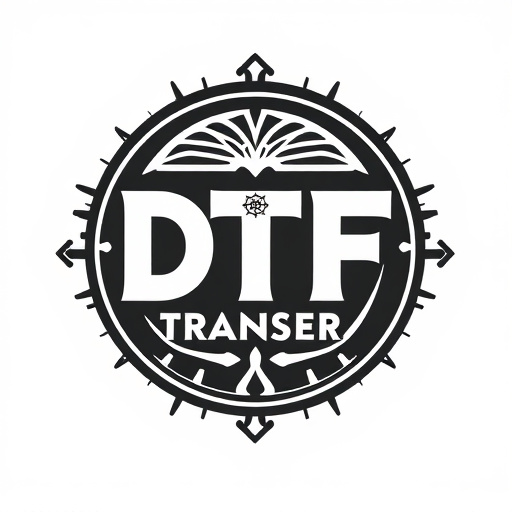
When assessing the quality of DTF transfers and heat transfer vinyl (HTV) prints, a comprehensive evaluation of both visual and tangible aspects is crucial. Visually, DTF transfers often boast superior detail retention, vibrant colors, and sharp outlines, especially when compared to lower-quality HTV prints. The direct-to-film process allows for intricate designs with fine lines and subtle gradients that can be challenging to replicate with heat transfer methods.
Tangibly, DTF transfers provide a more durable and flexible finish. The film itself adheres firmly to various materials without cracking or peeling over time, whereas HTV prints might experience issues with adhesion, especially on rougher surfaces. DTF prints also offer better dimensional stability, ensuring that designs maintain their shape and integrity even after washing and repeated use. This advantage is particularly notable for apparel and accessories, where comfort and longevity are key considerations.
Applications and Use Cases for Each Printing Technique
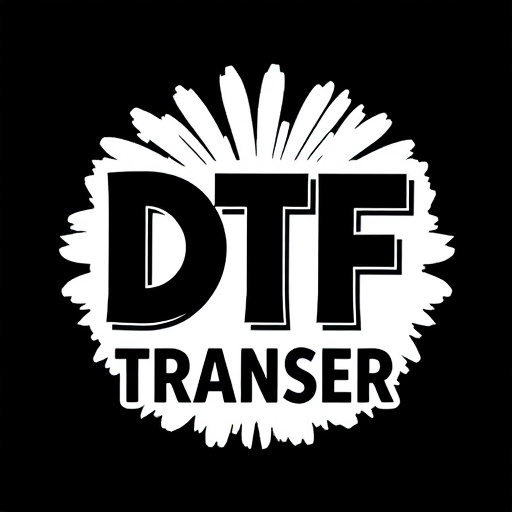
Direct-to-film (DTF) transfers and heat transfer vinyl (HTV) offer distinct approaches to printing on various surfaces, each with its own set of applications. DTF transfer is a cutting-edge technique that allows for direct printing onto a wide range of materials, from fabric to wood and metal. This method is particularly popular in the apparel industry, enabling the creation of vibrant, high-quality prints on clothing and accessories. DTF printing has also found its place in signmaking, providing durable and long-lasting signs for businesses and outdoor advertising.
On the other hand, heat transfer vinyl is a versatile material used for transferring designs onto textiles and other materials through heat and pressure. It’s widely adopted in custom apparel printing, allowing for intricate and detailed graphics on t-shirts, hats, and more. HTV is also commonly used for crafting, enabling creators to bring their artistic visions to life by applying designs to various substrates, from canvas to plastic. While DTF transfers offer a broader range of material compatibility, heat transfer vinyl excels in delivering rich colors and fine details, making it the go-to choice for many custom printing and DIY projects.
Cost Analysis: Unraveling the Financial Aspects of DTF vs Heat Transfer Vinyl
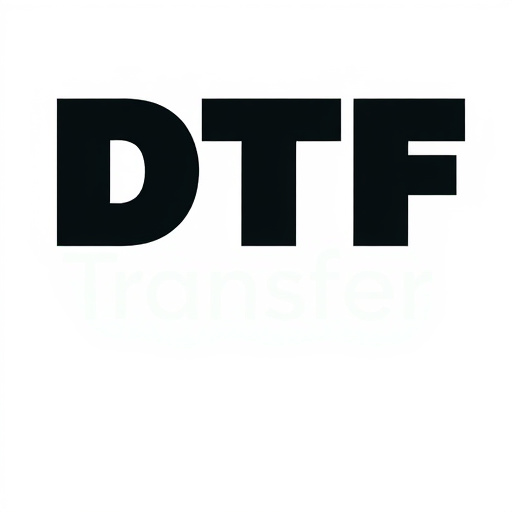
When comparing DTF (Direct-to-Film) transfers and heat transfer vinyl, cost is a significant factor. DTF prints offer an attractive option for small businesses and hobbyists due to their relatively low upfront costs. The process involves applying ink directly onto a film, which is then transferred to the desired substrate. This method eliminates the need for expensive equipment like heat presses, making it more accessible and cost-effective for smaller-scale projects.
On the other hand, heat transfer vinyl (HTV) requires an initial investment in specialized equipment, such as heat presses or heat applicators. However, over time, this option can be more economical. HTV offers a versatile and durable solution for various fabrics and materials. While the initial setup costs are higher, the long-term savings potential makes it appealing for businesses focusing on mass production or those seeking to offer custom printing services.
